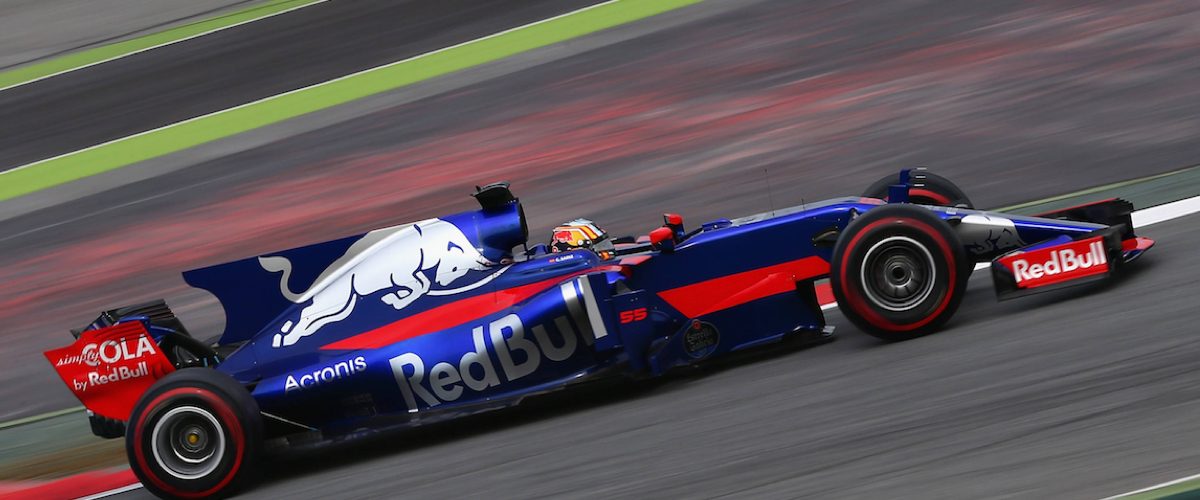2) Download Acronis True Image for Sabrent, if you haven’t already 3) Install the software by double-clicking on the installation file 4) Connect the destination drive to an available USB port on your computer. With Acronis True Image, you can create a mirror-image copy of any hard drive. With partitioning software such as Acronis Disk Director, or Windows Disk Management, you can even create a clone partition on the same hard drive (as long as you use two different drive letters and volumes). ShadowProtect cannot install because it detects that Acronis drivers like snapman.sys or snman380.sys exist in the C: Windows System32 Drivers directory Deleting the snapman.sys or snman380.sys files without removing the registry entries can cause the system to crash with a blue screen (BSOD) or spontaneously reboots while ShadowProtect backups.
Drivers for Universal Restore
While creating bootable media, you have an option to add Windows drivers to the media. The drivers will be used by Universal Restore when recovering Windows on a machine with a dissimilar processor, different motherboard or different mass storage device than in the backed up system.
You will be able to configure the Universal Restore:
- to search the media for the drivers that best fit the target hardware
- to get the mass-storage drivers that you explicitly specify from the media. This is necessary when the target hardware has a specific mass storage controller (such as a SCSI, RAID, or Fiber Channel adapter) for the hard disk.
For more information please refer to Universal Restore.
The drivers will be placed in the visible Drivers folder on the bootable media. The drivers are not loaded into the target machine RAM, therefore, the media must stay inserted or connected throughout the Universal Restore operation.
Adding drivers to bootable media is available on the condition that:
- The Acronis Backup & Recovery 10 Universal Restore add-on is installed on the machine where the bootable media is created AND
- You are creating a removable media or its ISO or detachable media, such as a flash drive. Drivers cannot be uploaded on a PXE server or WDS/RIS.
The drivers can be added to the list only in groups, by adding the INF files or folders containing such files. Selecting individual drivers from the INF files is not possible, but the media builder shows the file content for your information.
Drivers Acronis App
To add drivers:
- Click Add and browse to the INF file or a folder that contains INF files.
- Select the INF file or the folder.
- Click OK.
The drivers can be removed from the list only in groups, by removing INF files.

To remove drivers:
- Select the INF file.
- Click Remove.
Driving Acronyms
Description of the Acronis SnapAPI module
Description
The SnapAPI module is in charge of all Acronis software I/O operations on the hard disk. It also allows to create backups under running Windows with an unlimited number of files open for reading and writing without the necessity to reboot the computer.

Once Acronis software initializes the backup process of a volume (a single partition or a dynamic disk), Acronis Snapshot Manager flushes the file system mounted to that volume temporarily freezing all the operations on the system volume. Immediately thereafter, the Snapshot Manager driver creates a point-in-time view of the system volume and a bitmap describing the used sectors on this volume. Once the bitmap is created, the filter driver unfreezes the I/O operations on the system volume. It generally takes just several seconds to create a point-in-time view of the volume. After that, the operating system continues working as the imaging process is under way.
Acronis software reads the sectors on the system volume according to the created bitmap. Once a sector is read, the appropriate bit in the bitmap is reset. In its turn, the Acronis driver continues working to hold the point-in-time view of the system volume. Whenever the driver sees a write operation directed at the system volume, it checks whether these sectors are already backed-up, if they are not, the driver saves the data on the sectors that will be overwritten to a special buffer created by the software, then it allows the sectors to be overwritten. Acronis software backs up the sectors from the special buffer, so that all the sectors of the point-in-time view of the system volume will be backed up intact. Meanwhile, the operating system continues working and you will not notice anything unusual in the operating system functionality.
The Snapshot Manager driver (snapman.sys) is installed as an upper filter between the file system drivers and the volume drivers, so SnapAPI can intercept all the read and write requests passing to a partition. See the scheme below:
Physical hard disk drive
↓
Hard disk driver (disk.sys) which enumerates the hard disk drives, reads and writes information
↓
Hard disk partitions driver (partmgr.sys), which enumerates the hard disk partitions
↓
Volume driver (ftdisk.sys) which represents the partition as a volume. If there are dynamic disks in the system, the information about them is provided to ftdisk.sys by dmio.sys, which works with the physical hard disks through disk.sys
↓
Acronis driver (snapman.sys) which flushes the file system mounted to the volume being read by the Acronis application, so all the operations on the volume temporarily freeze. It generally takes just a few seconds and then the operating system continues working as usual
↓
File system driver (fastfat.sys, ntfs.sys), which represents the volume according to the file systems specifications
The SnapAPI drivers binary files and registry keys/settings are listed below:
- HKEY_LOCAL_MACHINESYSTEMCurrentControlSetServicessnapman
- HKEY_LOCAL_MACHINESYSTEMCurrentControlSetControlClass{4D36E967-E325-11CE-BFC1-08002BE10318} -> snapman or fltsrv string in the UpperFilters value
- HKEY_LOCAL_MACHINESYSTEMCurrentControlSetControlClass{71A27CDD-812A-11D0-BEC7-08002BE2092F} -> snapman or fltsrv string in the LowerFilters value
- Windowssystem32driverssnapman.sys
For compatibility purposes SnapAPI may also be present in Windowssystem32snapapi.dll
Drivers Across The Us Stunned By New Rule
More information

You can also take a look at the graphical representation of how Acronis Snapshot Manager works:
Tags:
